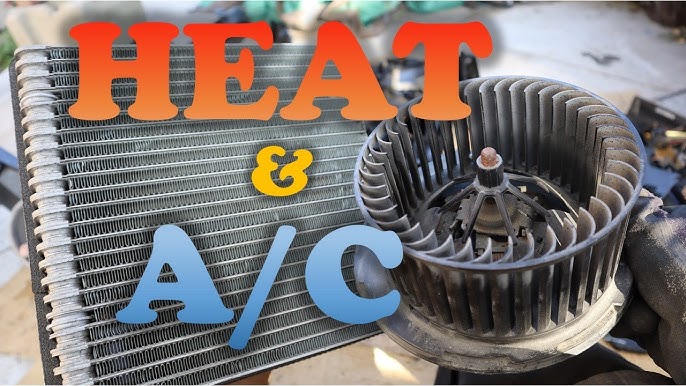Yes—and no.
The air conditioning (AC) system in your car does not provide heat, but it can help manage heat and improve defogging and overall comfort, especially in certain driving conditions.
Let’s break it down.
What Provides Heat in a Car?
Your car’s heater uses engine coolant that has absorbed heat from the engine. This hot coolant flows through the heater core, and a fan blows air over it into the cabin.
So, heat comes from the engine, not the AC system.
How AC Helps With Heat (Indirectly)
✅ 1. Defogging and Dehumidifying
- Turning on the AC during cold, humid weather helps remove moisture from the air
- This makes your windows clear up faster
- Many cars automatically engage the AC compressor when using the defrost setting
✅ 2. Mixing for Climate Control
- In vehicles with automatic climate control, the system may blend cool, dry air from the AC with warm air to regulate interior temperature more precisely
✅ 3. Cabin Comfort Management
- In very humid or warm conditions, using AC while the heater runs can dry the air and maintain comfort without making it feel sticky or clammy
So, Does AC Provide Heat?
No. AC doesn’t generate heat—it removes heat and moisture from the air.
But in certain settings, it works alongside the heater to enhance your cabin’s comfort and visibility.
Final Thoughts
AC doesn’t produce heat, but it can assist your heating system by:
- Dehumidifying the air
- Defogging windows
- Balancing comfort in automatic climate systems
So while it’s not the source of warmth, your AC definitely plays a helpful role when managing heat inside your car.










